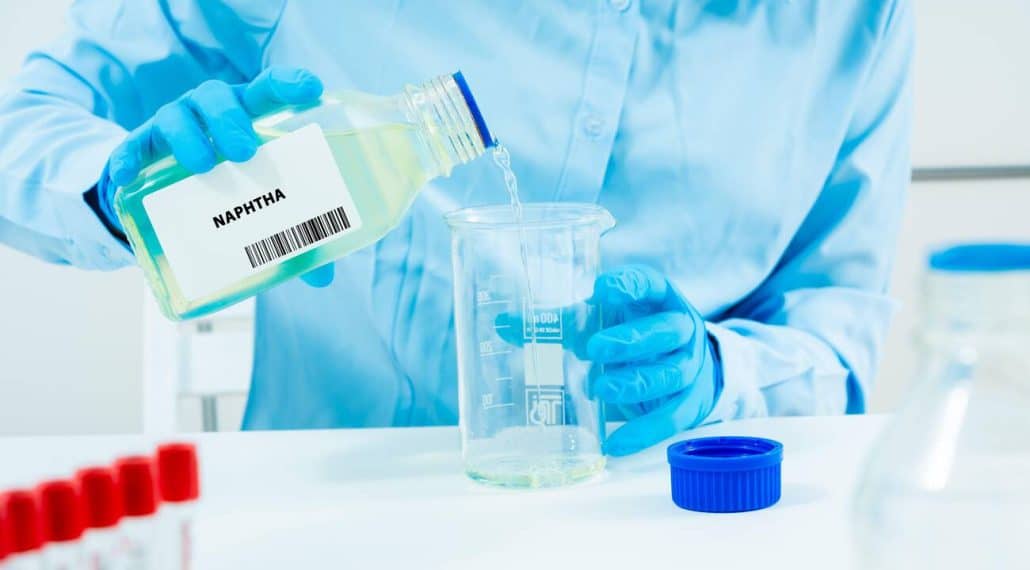Overview
Petrochemical feedstocks are intermediate hydrocarbon products used as raw material in the manufacturing of plastics, synthetic rubbers, and chemical intermediates. Zeeland Refinery supplies high-grade naphtha and light hydrocarbon streams optimized for steam cracking and downstream polymer production.
These feedstocks form the molecular building blocks of the modern chemical economy — from packaging to medical equipment and advanced electronics.
Petrochemical Feedstocks (e.g., Naphtha)
Production Process
Distillation & Cut Selection
Naphtha and light ends are recovered from middle distillate fractions in atmospheric and vacuum distillation towers.Treatment for Purity
To meet feedstock standards, the product may be treated to remove sulfur, metals, nitrogen, and unsaturates — improving performance in steam crackers and catalytic reformers.Blending for Specification
Zeeland provides custom feedstock blends tailored for ethylene, propylene, or BTX (benzene, toluene, xylene) recovery, depending on downstream customer requirements.
Key Characteristics
High Hydrogen-to-Carbon Ratio
Ideal for maximizing light olefin yields during cracking.
Stable Composition
Consistency in boiling range and paraffin content ensures optimal process control and throughput in cracker units.Low Contaminant Levels
Zeeland feedstocks are engineered for minimal sulfur, metals, and nitrogen, reducing catalyst fouling and improving cracker lifespan.
Applications
Steam Cracking
Naphtha is fed into high-temperature furnaces, breaking down hydrocarbons into:
Ethylene (used in polyethylene, PVC)
Propylene (used in polypropylene, acrylonitrile)
Butadiene & Aromatics (used in synthetic rubbers and resins)
Reforming & Aromatics Production
Naphtha can also be reformed into high-octane fuels or aromatics like benzene and toluene — essential for resins, paints, and plasticizers.Base Materials for Polymers
Zeeland feedstocks ultimately enable the creation of products such as:Packaging films and containers
Automotive plastics and foams
Industrial adhesives and fibers
Logistics & Distribution
Pipelines to Petrochemical Hubs
Delivered via secure pipelines to polymer production and cracking facilities in the Netherlands, Belgium, and Germany.Marine Shipments
Exported via Van Cittershaven port in chemical-grade tankers to support international polymer and chemical producers.Terminal Integration
Fuel-grade and petrochemical naphtha can be routed directly into ethylene crackers, reformers, or chemical blenders.

Reference Summary
| Attribute | Specification |
|---|---|
| Product types | Naphtha, light hydrocarbon feedstocks |
| Main uses | Steam cracking, aromatics, polymers |
| Sulfur content | Low-sulfur treated (cracker-grade) |
| Delivery modes | Pipeline, marine tanker |
| End markets | Netherlands, Belgium, Germany (petchem hubs) |
| Key downstream outputs | Ethylene, propylene, BTX, synthetic rubbers |
